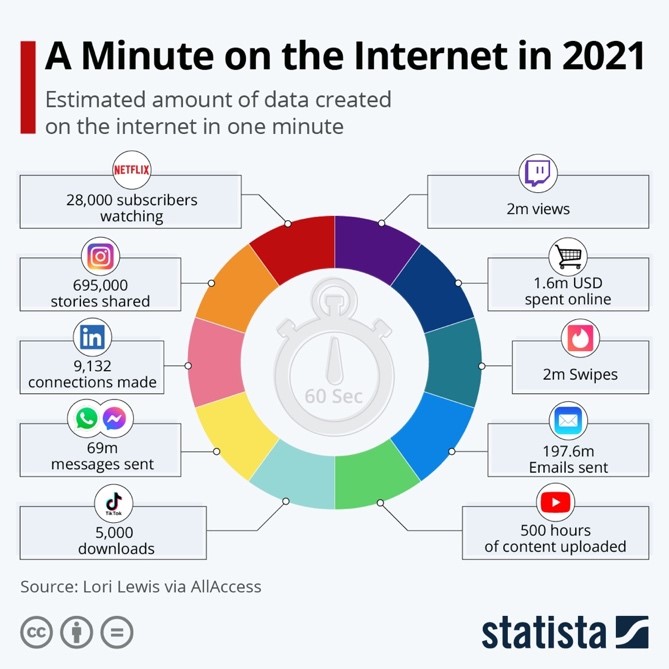You are probably familiar with the term carbon footprint. How you move around, your eating habits, recycling, energy efficiency in homes, ... Knowing how our day-to-day decisions increase or reduce our effect on the planet is known as calculating our carbon footprint.
Legislation in European countries is extensive in this area and it can be difficult to know exactly the carbon footprint of a company, let alone an individual. Therefore, it is increasingly common to see online calculators that make an approximation to give you an idea.
Today we want to talk about something you may not know. And is that the day to day on the Internet also has an impact: the digital carbon footprint. Let's learn a couple of key points about the subject and what we can do quickly and easily to reduce it, will you join us?
The ICT sector and its impact
The information and communication technology (ICT) industry is often praised for enabling efficiencies that help reduce the carbon footprint of other industrial sectors. However, recent studies posit that the ICT industry contributes significantly to global greenhouse gas (GHG) emissions, and its relative contribution could grow from 1-1.6% in 2007 to over 14% of 2016 global GHGs by 2040, which is more than half the current relative contribution of the entire transportation sector. Moreover, Behlki and Elmelegir, authors of one of the most cited studies on digital emissions, already explained how smartphones were set to exceed the individual contribution of computers, laptops and screens by 2020. But what consumes the most?
One minute on the internet

All this that we see in the graph prepared by Lori Lewis for the website Statista.com has an effect on the digital carbon footprint. To give you an idea of some of these, an email consumes between 4 and 50 grams of CO2 when it is sent. Storing it causes approximately 10 grams of CO2 per year. If we count the nearly 200M emails sent in one minute in the world, that would be equivalent to between 800 and 10,000 tons of CO2.
Half an hour of Netflix viewing, according to the multinational itself, can consume 55g CO2e, so if these 28,000 unique users are watching a series of that duration, we are talking about 1540 kg of CO2 in half an hour. Finally, a WhatsApp message produces approximately 0.2 grams of CO2, which implies 1380 kg of CO2 per minute, not to mention that photos, videos and audios can pollute much more.
In short, the change of chip comes from understanding that data has to be uploaded, sent and stored. It may seem rather ethereal to us while we send that email, or we have our inbox full of unread messages and newsletters that have never interested us, but the reality is that it is another small grain of sand that we can contribute.

Here are some basic email tips to reduce your digital footprint:
- Ensure that the documents you send by mail are optimized. There are free online tools that reduce the size of your PDFs or images in seconds, with practically zero impact on their quality.
- Get into the habit of deleting messages that do not need to be stored. A good practice to make it less of an ordeal is to sit down once a week and spend 5-10 minutes deleting those emails or promotions that are no longer important.
- Depending on the degree of trust, a WhatsApp or a message will probably be better than sending an email.
- Unsubscribe from newsletters that no longer interest you, saving sending and storing them. There are applications like CleanFox that help you get rid of them all in one go.
Most importantly, stay informed. It is important that we are aware of our actions, physical and digital. Without the need to obsess, we can all change certain practices to make the internet a little more sustainable.













